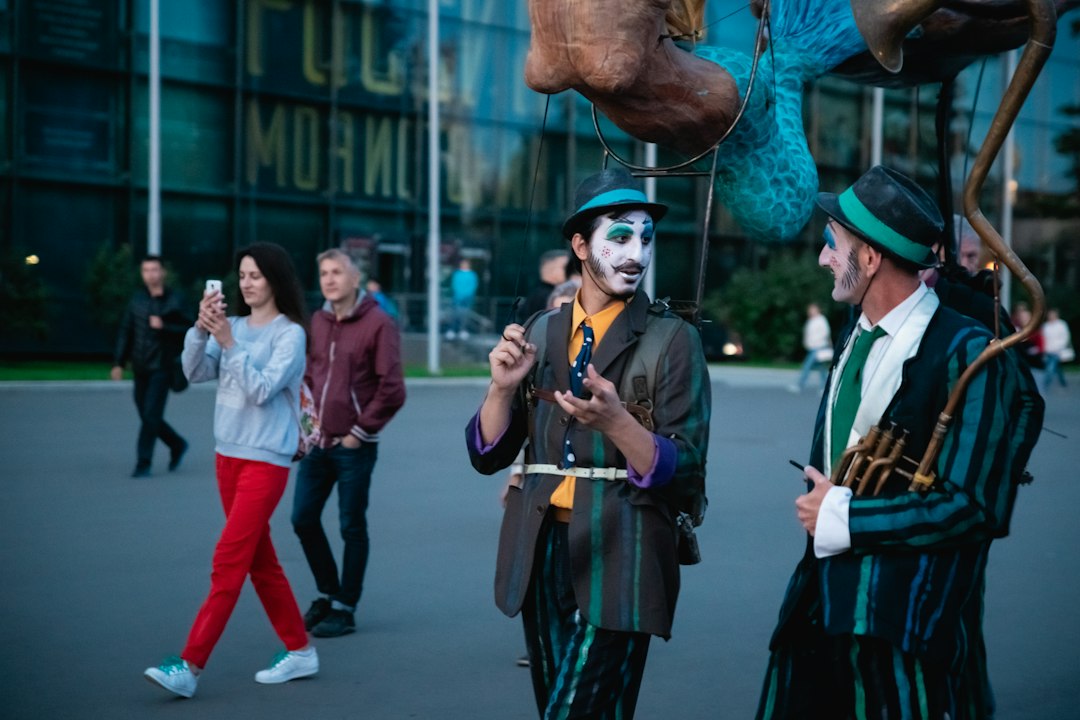From Page to Screen: Book Adaptations We Love
The transition from book to movie has always been a fascinating phenomenon. Tackling the challenge of bringing a well-loved story to life on the screen requires careful decision-making, creativity, and a deep understanding of the source material. When done right, the result can be a cinematic masterpiece that captures the hearts of both bookworms and film enthusiasts alike. In this blog post, we will delve into some of the most remarkable book adaptations that have graced the silver screen.
One such adaptation that has left an indelible mark on audiences is J.R.R. Tolkien’s “The Lord of the Rings” trilogy, brought to life by director Peter Jackson. These epic fantasy novels, known for their intricate world-building and compelling characters, were a formidable task to bring to the screen. However, Jackson’s painstaking attention to detail and commitment to staying true to the essence of Tolkien’s work resulted in a breathtaking adaptation that captured the hearts of millions. From the stunning landscapes of New Zealand to the spot-on casting choices, “The Lord of the Rings” trilogy stands as a shining example of how book adaptations can be done right.
Another adaptation that stands out is Stephen Chbosky’s “The Perks of Being a Wallflower.” Chbosky not only directed the film but also wrote the screenplay, allowing for a seamless transition from page to screen. The story, which revolves around a group of misfit teenagers and their struggles with adolescence, deals with themes of friendship, love, and the complexities of growing up. The film adaptation successfully captures the raw emotions of the characters, thanks to the impeccable performances by Emma Watson, Logan Lerman, and Ezra Miller. By staying faithful to the book’s narrative style and utilizing memorable music choices, Chbosky managed to create a heartwarming and poignant film that resonates with audiences of all ages.
Moving on to the mystery genre, Gillian Flynn’s “Gone Girl” took the literary world by storm with its gripping plot and unreliable narrator. Director David Fincher expertly translated the unsettling atmosphere of the novel onto the screen, aided by brilliant performances by Ben Affleck and Rosamund Pike. Fincher’s attention to detail and ability to maintain the suspense throughout the film made “Gone Girl” one of the most memorable book adaptations of recent years. Fincher’s meticulous storytelling skills, combined with Flynn’s dark and twisted narrative, resulted in a thrilling cinematic experience that left audiences on the edge of their seats.
Lastly, we cannot overlook the remarkable adaptation of Margaret Atwood’s dystopian novel, “The Handmaid’s Tale,” into a television series. This cautionary tale of a totalitarian society where women are forced into servitude struck a nerve with readers upon its publication in 1985. The television adaptation, created by Bruce Miller and starring Elisabeth Moss as the main protagonist, Offred, managed to capture the haunting, oppressive atmosphere of the book. By expanding on the storylines and exploring the characters’ inner thoughts, the series elevates the source material and shines a light on the enduring relevance of Atwood’s work.
These are just a few examples of book adaptations that have managed to captivate audiences with their skillful storytelling and visual prowess. While not every adaptation may live up to the expectations of die-hard fans, when done right, these adaptations have the power to introduce a whole new audience to the magic of the written word. Whether it’s a fantasy epic, a coming-of-age tale, or a chilling mystery, the process of bringing a beloved book to life on screen is a delicate art that, when successful, can create a lasting impact on both literature and cinema.

